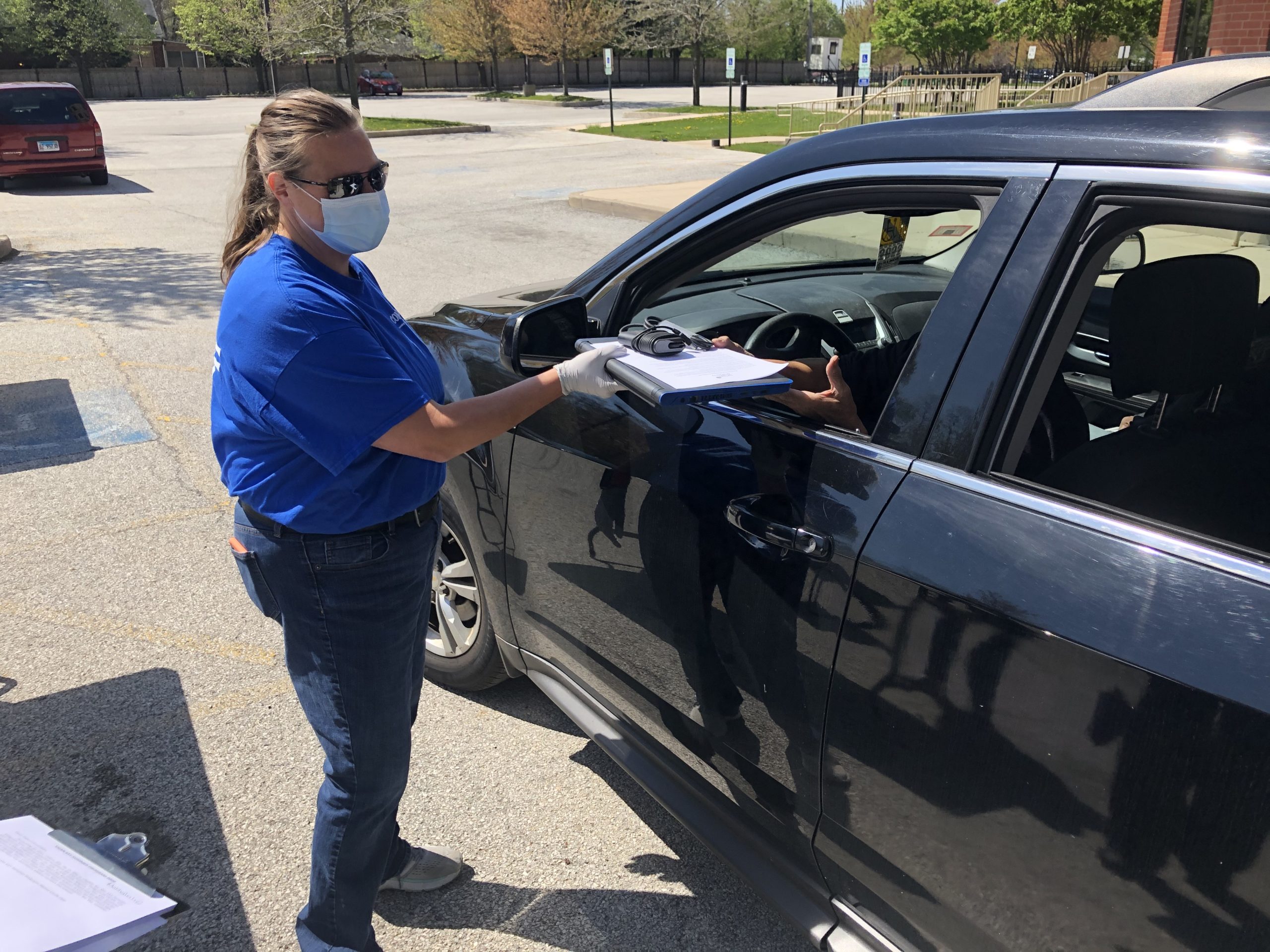Given the ongoing COVID-19 pandemic, the U.S.’s focus on internet access has grown exponentially. Students and parents have increasingly become dependent on broadband service to engage in online learning, pay bills, communicate with loved ones, stay abreast of COVID-19 responses and more. This has resulted in an increased awareness of the lack of home internet service due to affordability.
The Federal Government is not solving the broadband affordability problem, but localities are pulling together to create short term solutions. Some are working out agreements with internet service providers (ISPs) to pay directly for residential internet accounts in bulk. These are referred to as single-payer agreements and/or sponsored agreements.
NDIA maintains a list of COVID-19 related digital inclusion activities by local governments and community-wide coalitions. Two model communities are Central Ohio and Chicago. Central Ohio’s single-payer agreement is a wide collaboration, with the Mid-Ohio Regional Planning Commission coordinating. The Educational Service Center holds the contract. Multiple school districts are identifying households to receive the service and additional organizations such as the Columbus Public Library are providing technical support. Chicago’s single-payer agreement exists within a full digital inclusion initiative, Chicago Connected. This initiative is four years long and includes funding for community-based organizations providing digital inclusion support to the families receiving the internet service.
Among the ISPs with single-payer offers, only Comcast and Cox base their single-payer offers on their existing direct-to-consumer low-cost plans, Internet Essentials and Connect2Compete. Charter Spectrum’s offer is significantly more expensive than what they provide directly to low-income households through their Internet Assist program. AT&T’s single-payer offer is limited to their wireless service and does not include their wireline low-cost offer Access from AT&T.
These existing low-cost plans are offered by the ISPs only to households that meet limited eligibility criteria. With single-payer agreements, some of the eligibility standards are negotiable between the entity paying for the service and the ISP. Single-payer agreements are often developed within a larger program with multiple entities involved in coordinating the needs and contents of the agreement, identifying households to receive the broadband service, identifying funding sources, and developing the additional services needed (digital literacy training, tech support and access to computing devices). Local entities involved tend to be local governments, school districts, community based organizations, regional planning organizations, housing authorities and local foundations.
Local entities have to take internet speed and cost per month into account when negotiating single-payer agreements with ISPs. The products offered for direct payer agreements often begin with the options listed below, and are negotiated from that point onwards.
Wireline Offers
| ISP | Cost per Month | Speed |
| Comcast | $10 | 25mbps/3 mbps |
| Charter Spectrum | $29.99 | 50mbps/5mbps |
Cellular Offers (unlimited data)
| ISP | Cost Per Month | Cost of Device |
| AT&T | $20 | $84.99 |
| T-Mobile | $20 | $100-200 (contingent on data rate plan selected) |
| PCsForPeople | $15 | $80 |
When setting up a direct payer agreement and the program that supports it, there are a number of provisions to consider:
- Restrict ISP from charging activation and installation fees.
- Restrict ISP from requiring households to provide social security numbers.
- Determine the best methods of ensuring identification so that households are protected from unnecessary data collection.
- Restrict ISP from requiring background checks of participating households.
- Restrict ISP from engaging in collection activities associated with outstanding debt.
- Restrict ISP from upselling to participating households unless the households initiate the request.
- Determine who covers the cost of lost or broken hotspot devices.
- If the ISP offers a low-cost plan, determine how participating households can receive that plan when the direct payment agreement ends.
Many communities are using Federal CARES Act funds to pay for single-payer broadband services, and some states have earmarked CARES funds for this purpose. Unfortunately, it’s currently unclear whether CARES money can be used for services rendered beyond December 31, 2020. Lacking federal guidance, local governments are themselves determining the legality of using their CARES Act funding to pay for internet service that lasts the full school year. Communities are also working out agreements with ISPs for those ISPs to donate months of service rather than hotspots.
Communities are susceptible to the limited options of the ISPs that service their area, often having to choose between options that offer no single-payer program or one that is too expensive or too slow for families in need. Ultimately, communities across the country have been forced to find an answer to their digital equity needs in a patchwork of emergency solutions. The U.S. needs a federal digital equity plan that includes a federal broadband subsidy plus significant funding for devices, digital literacy and tech support.

